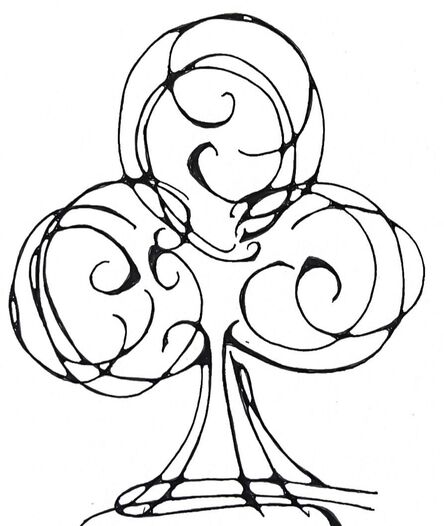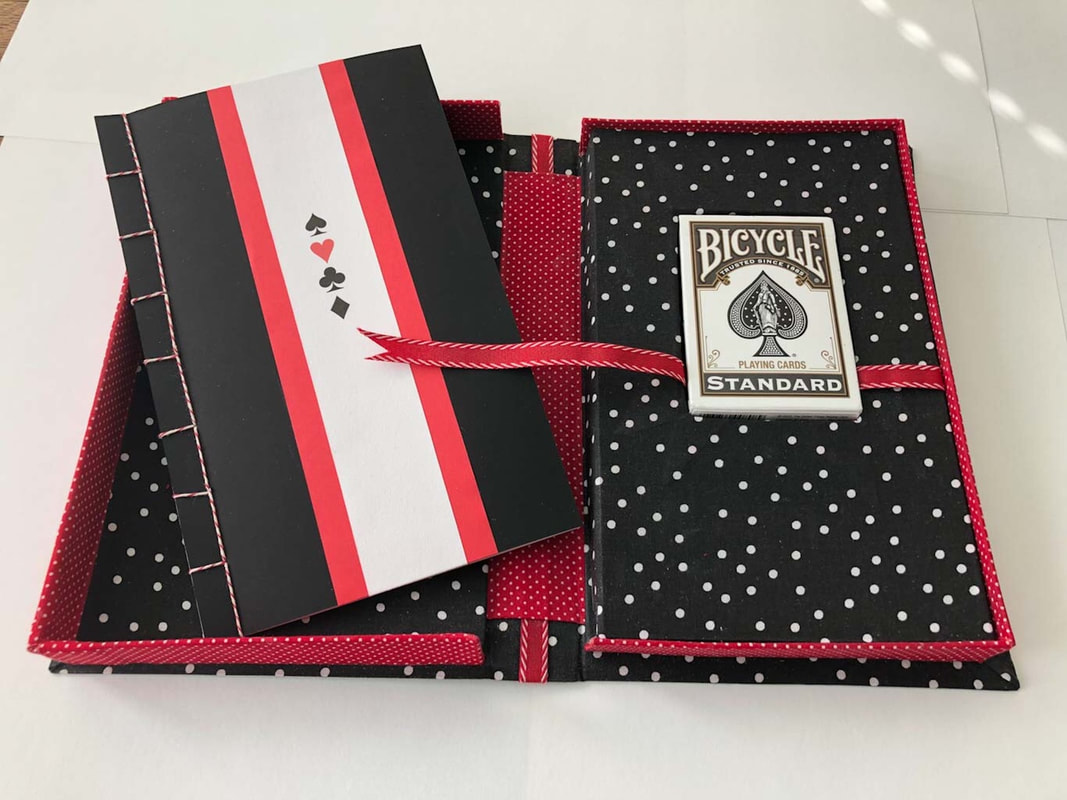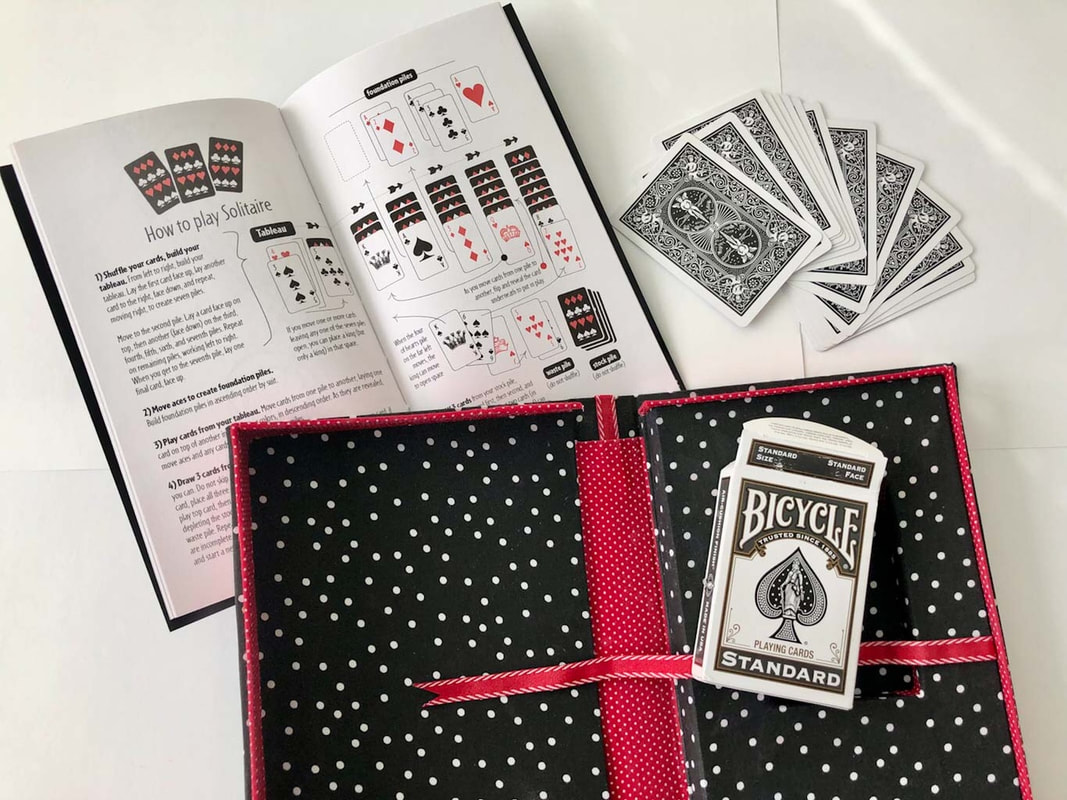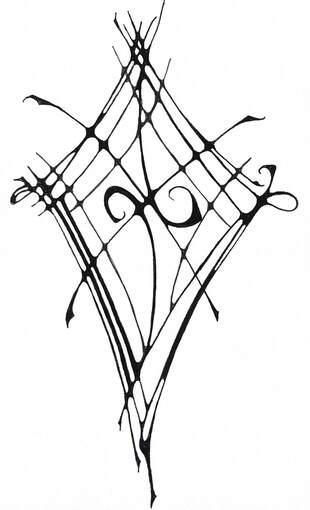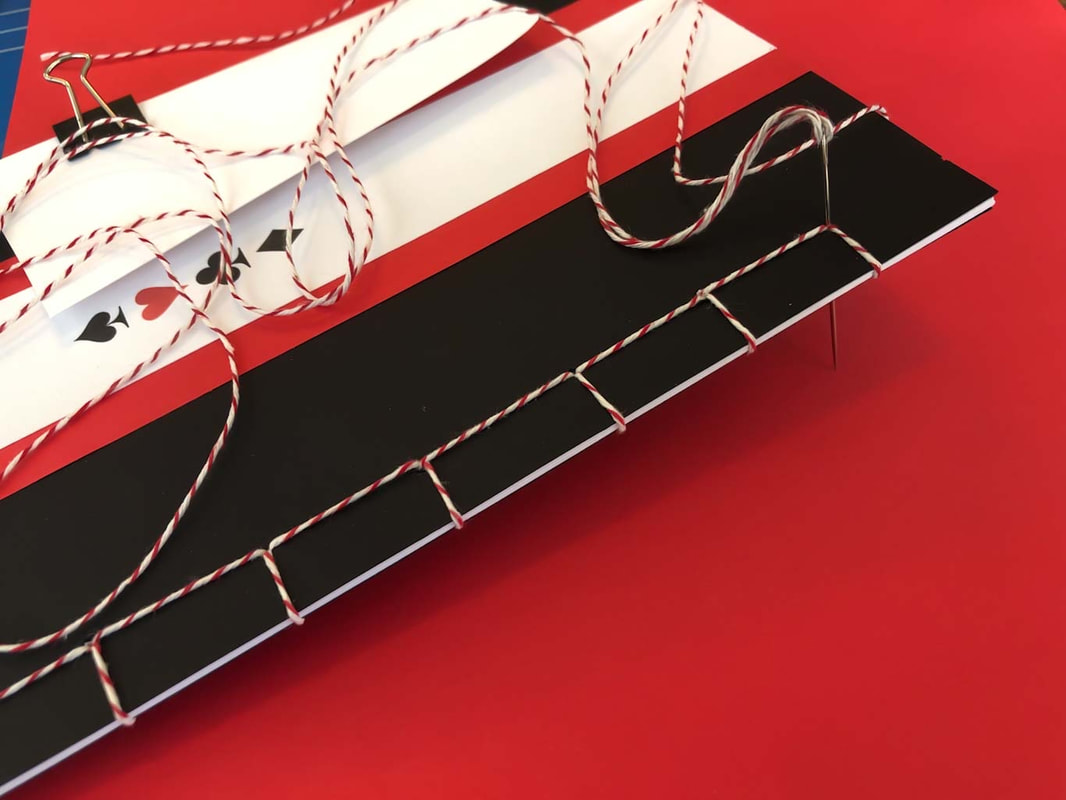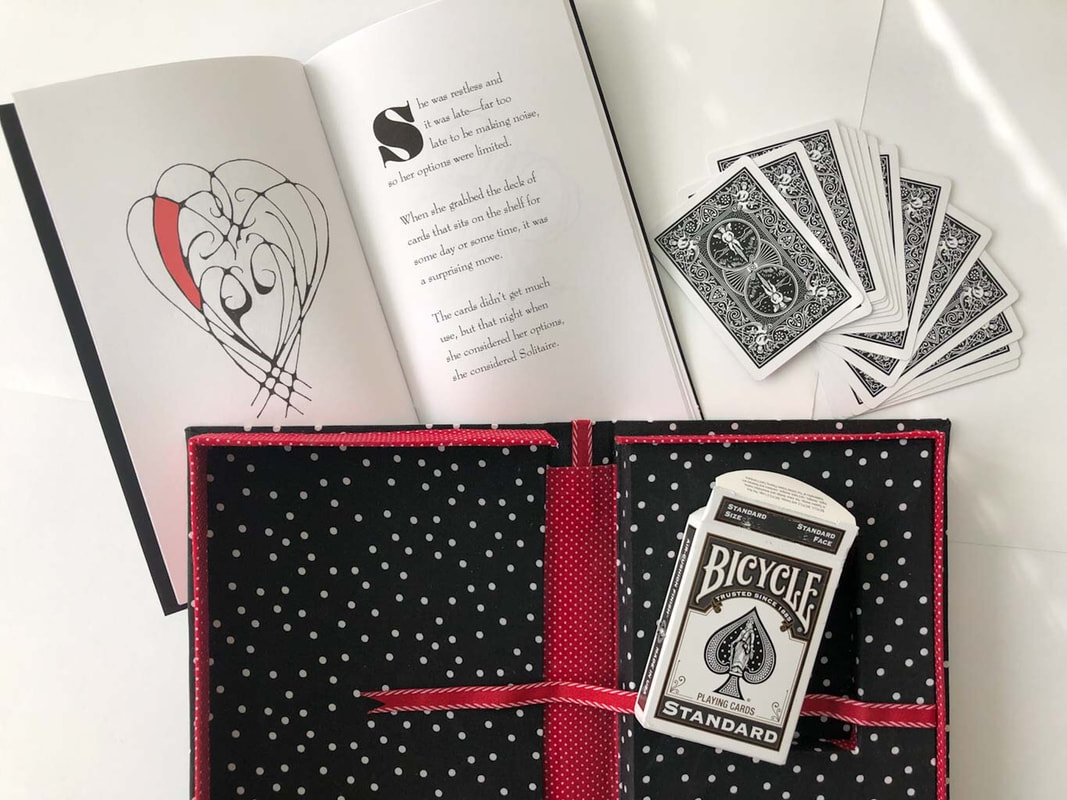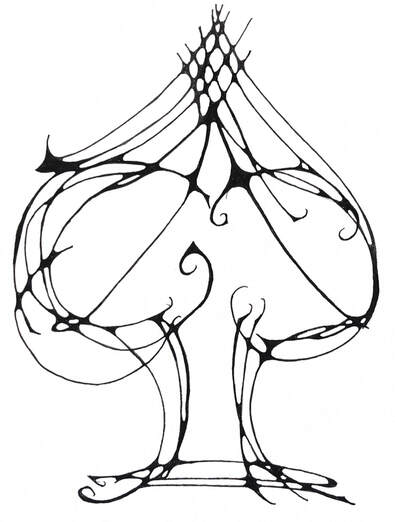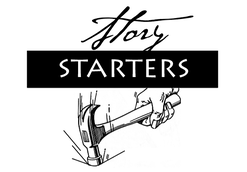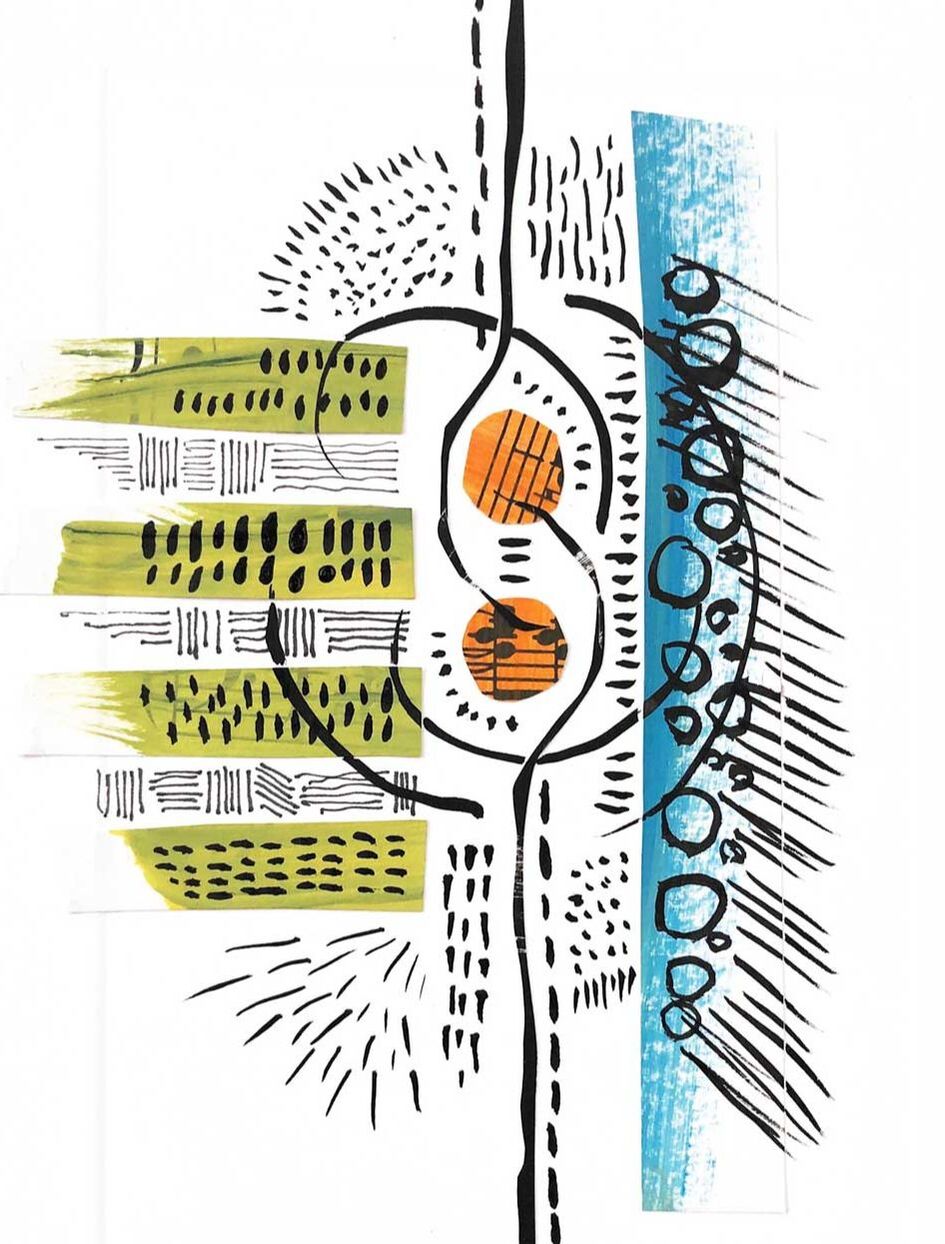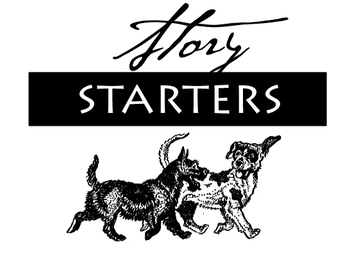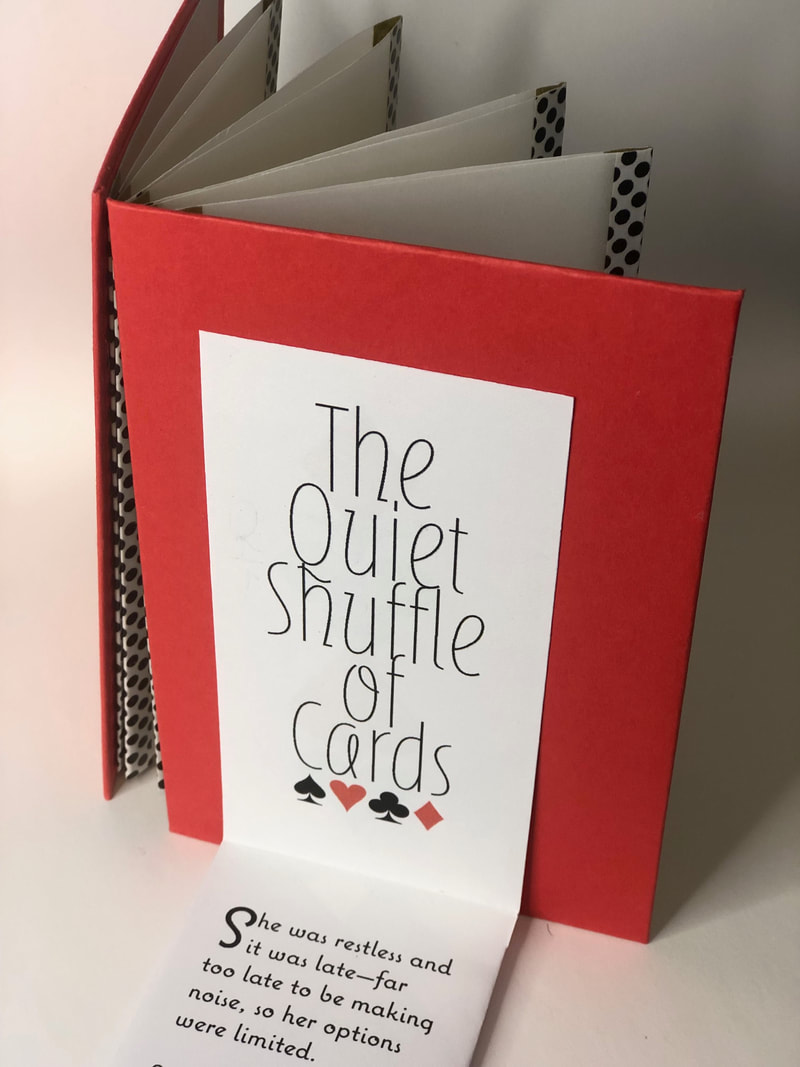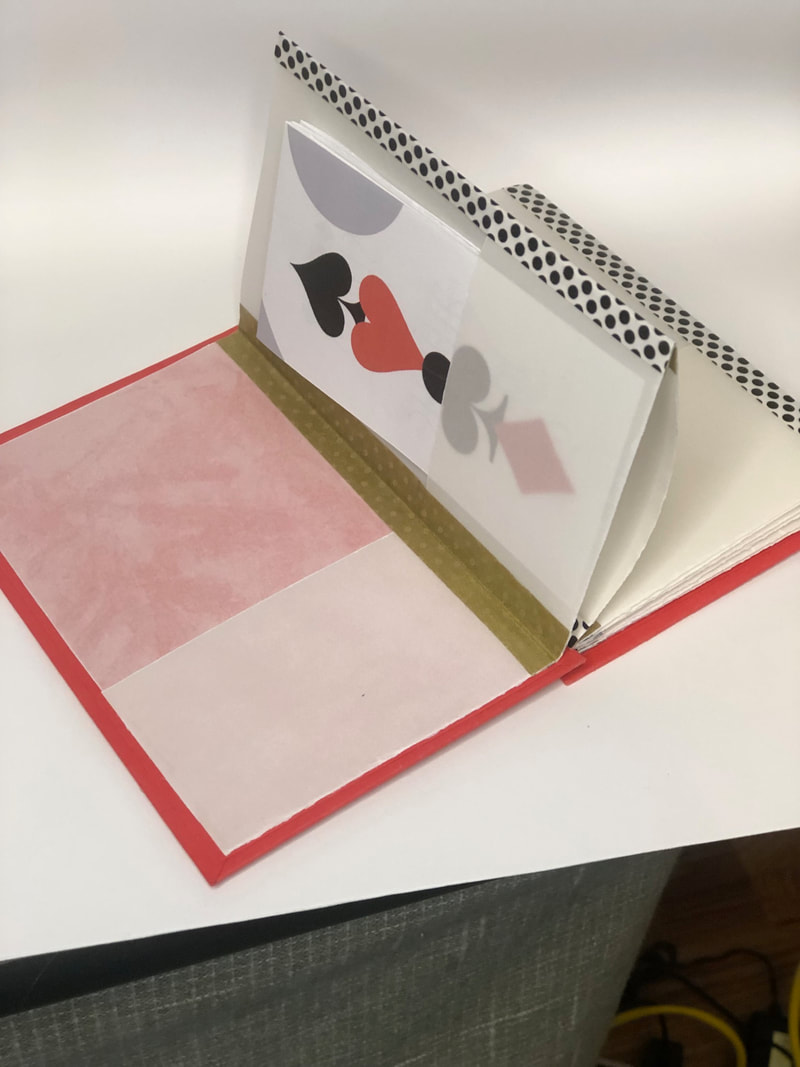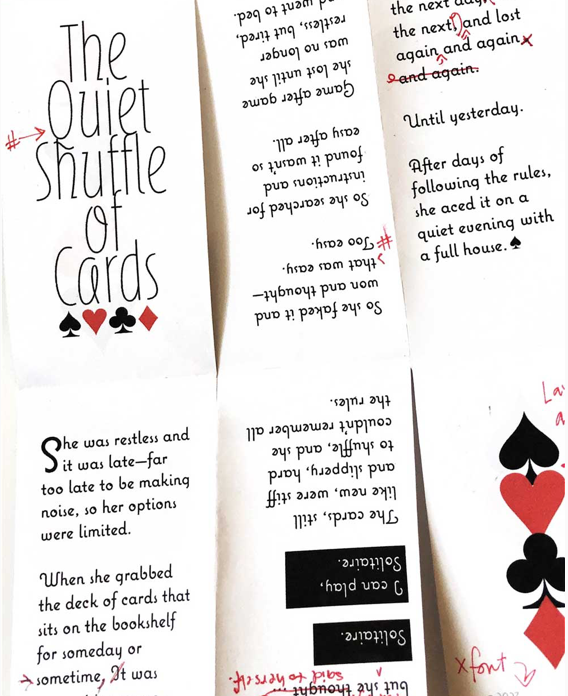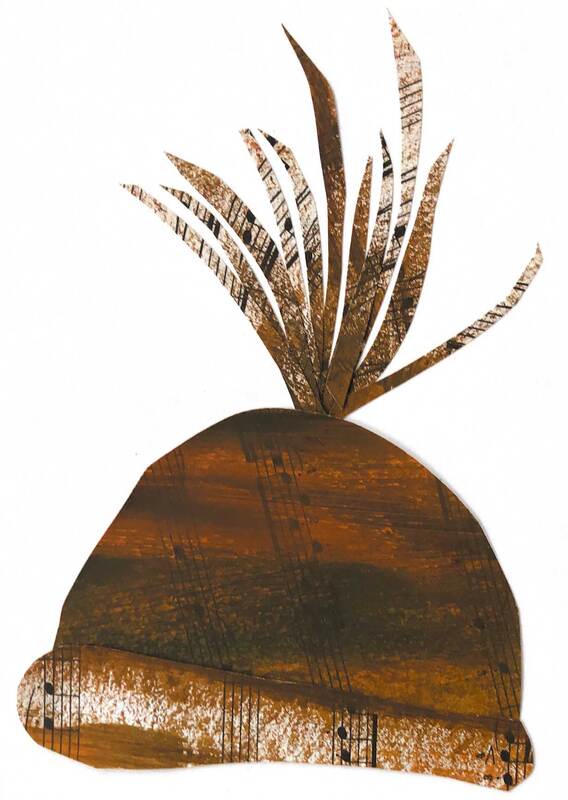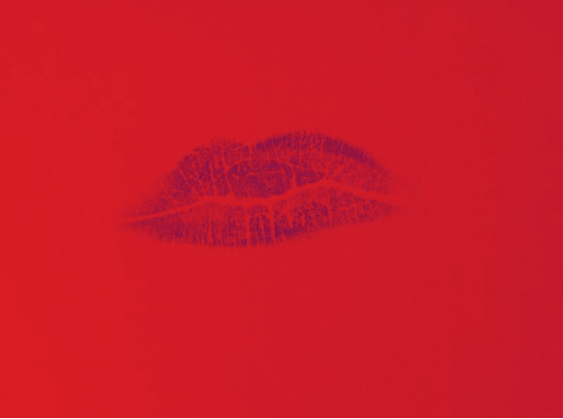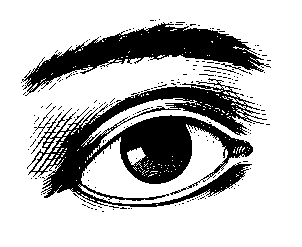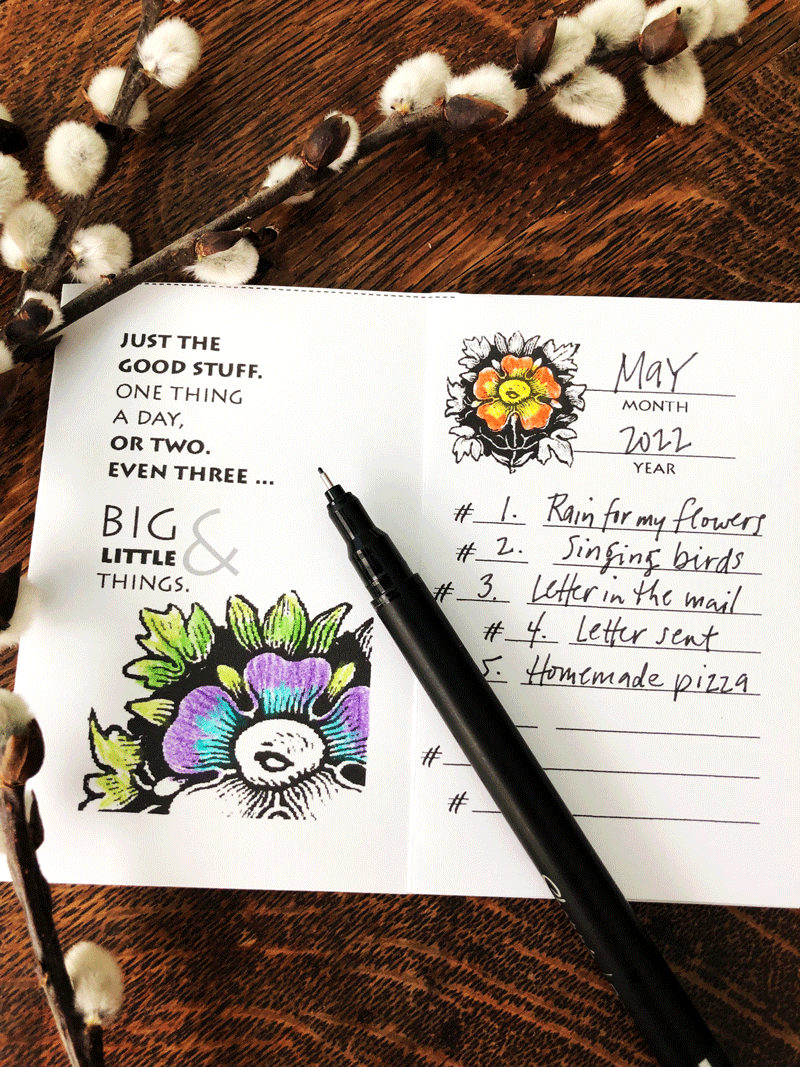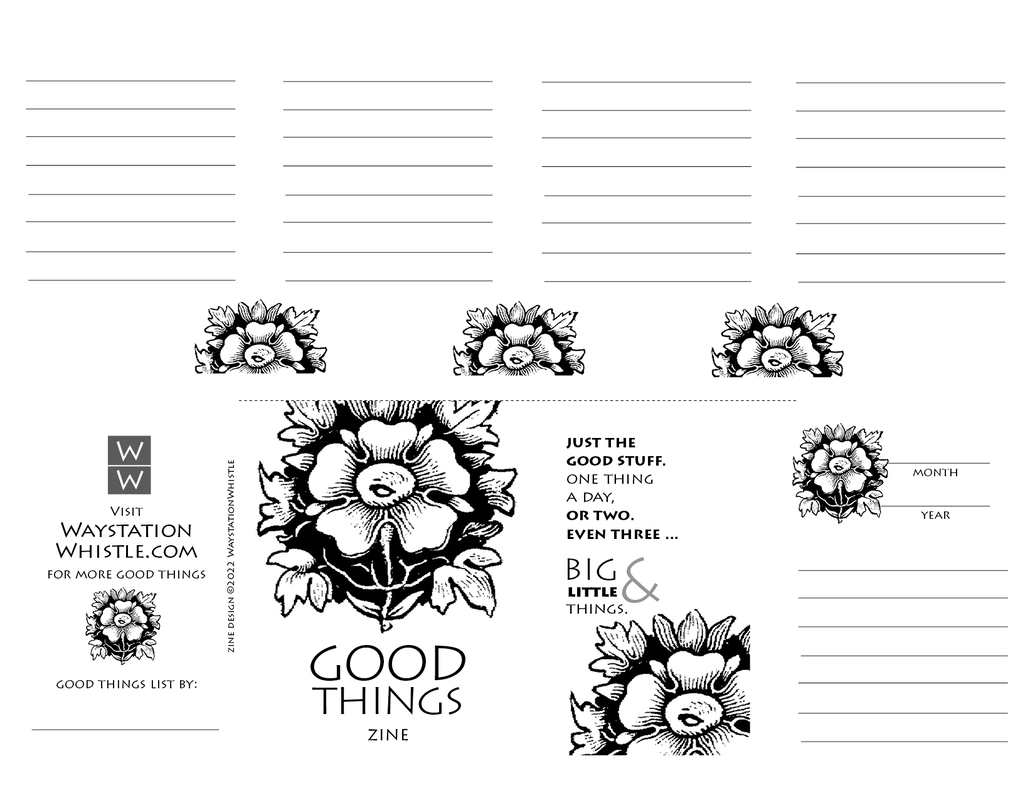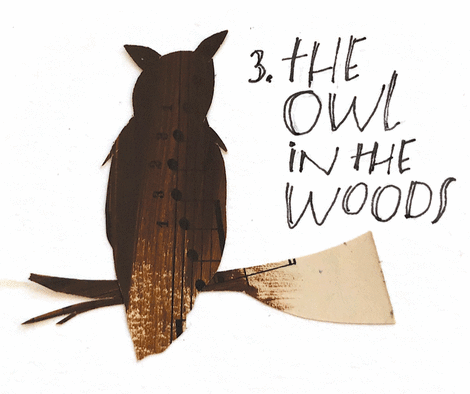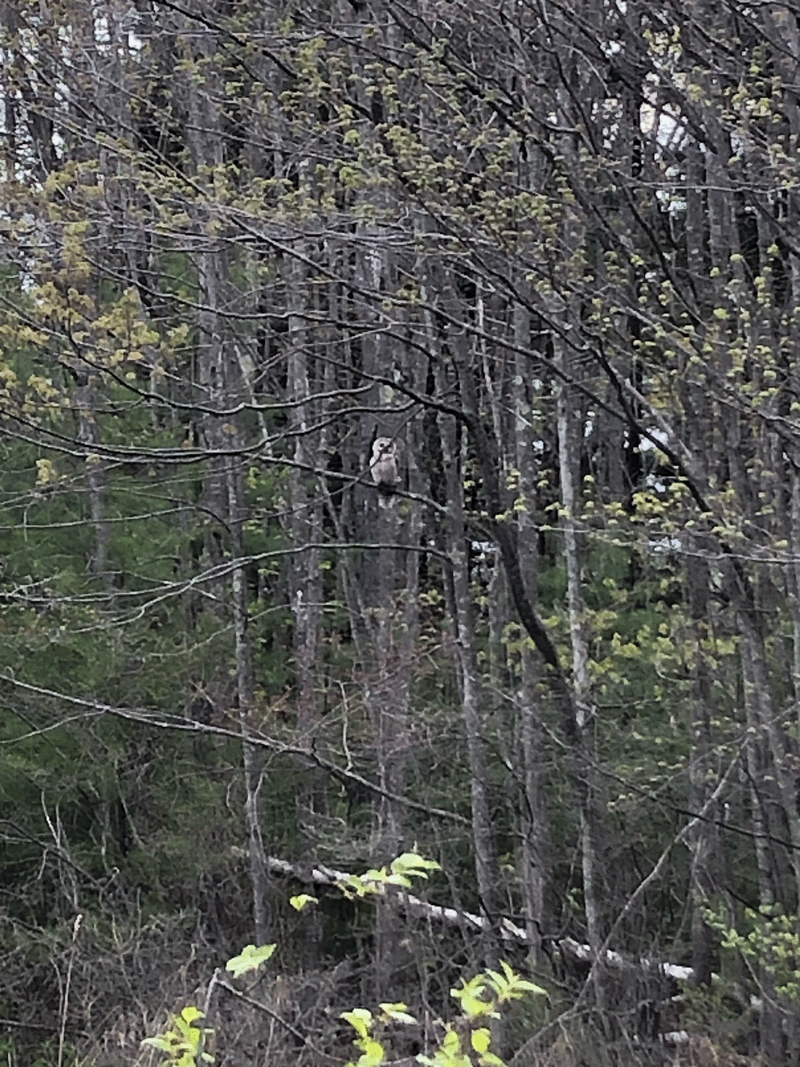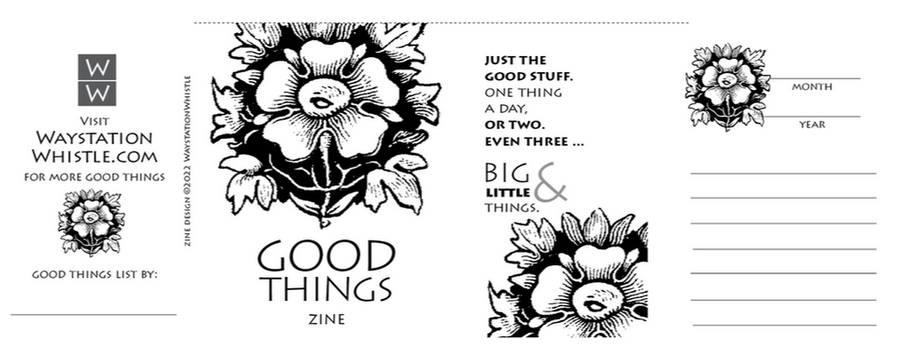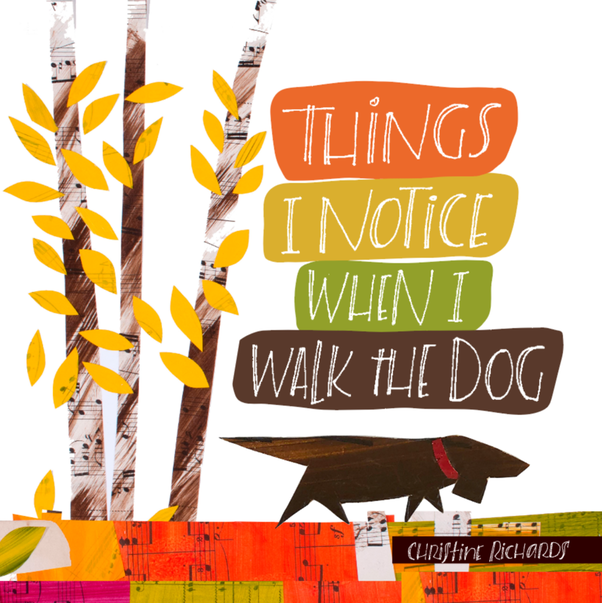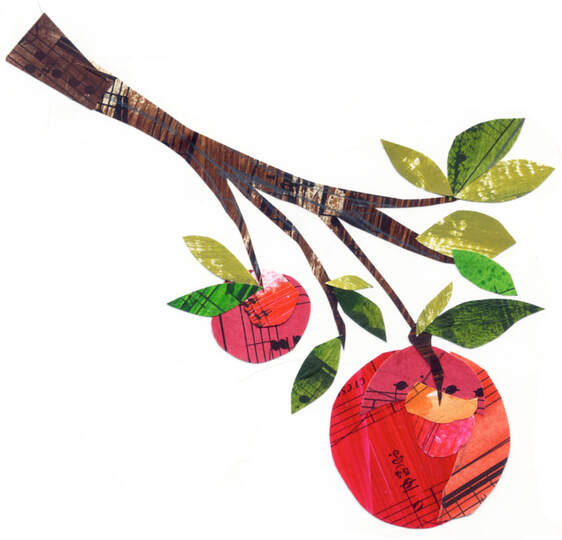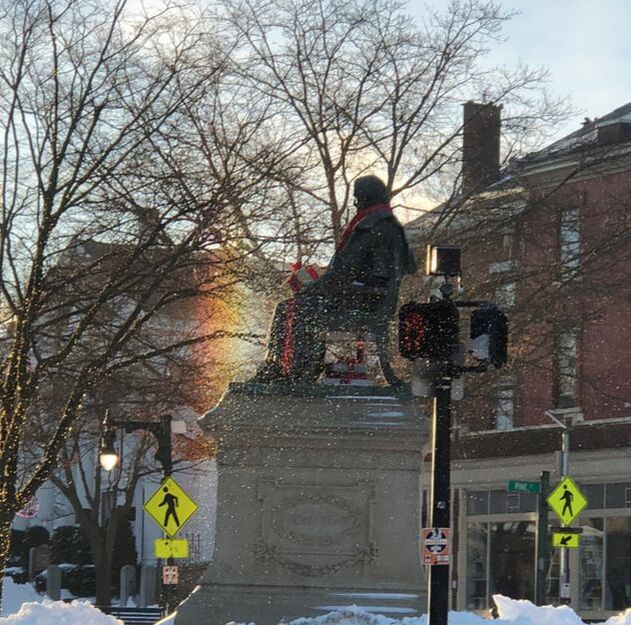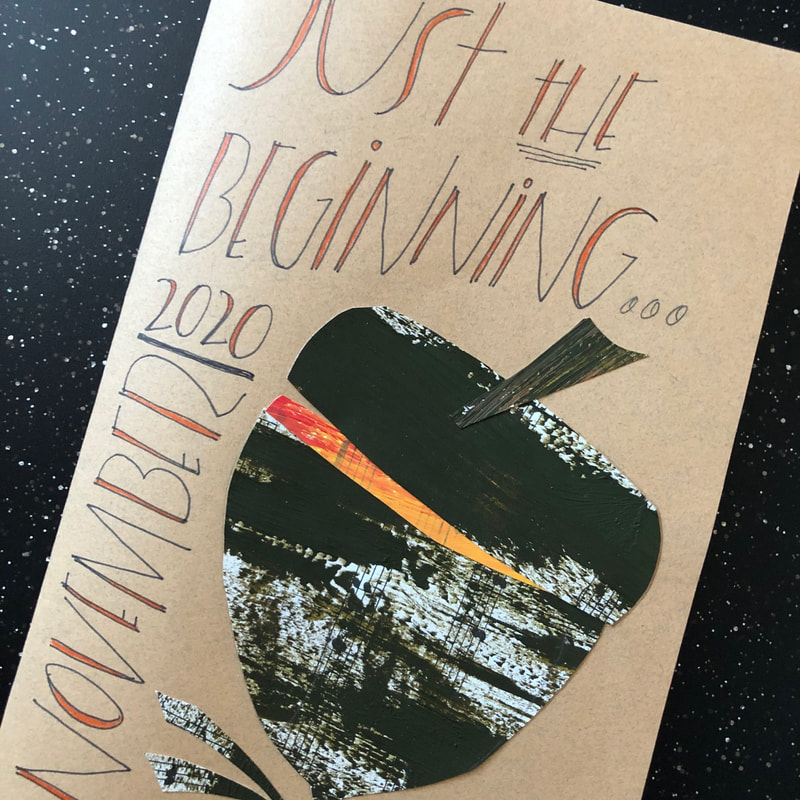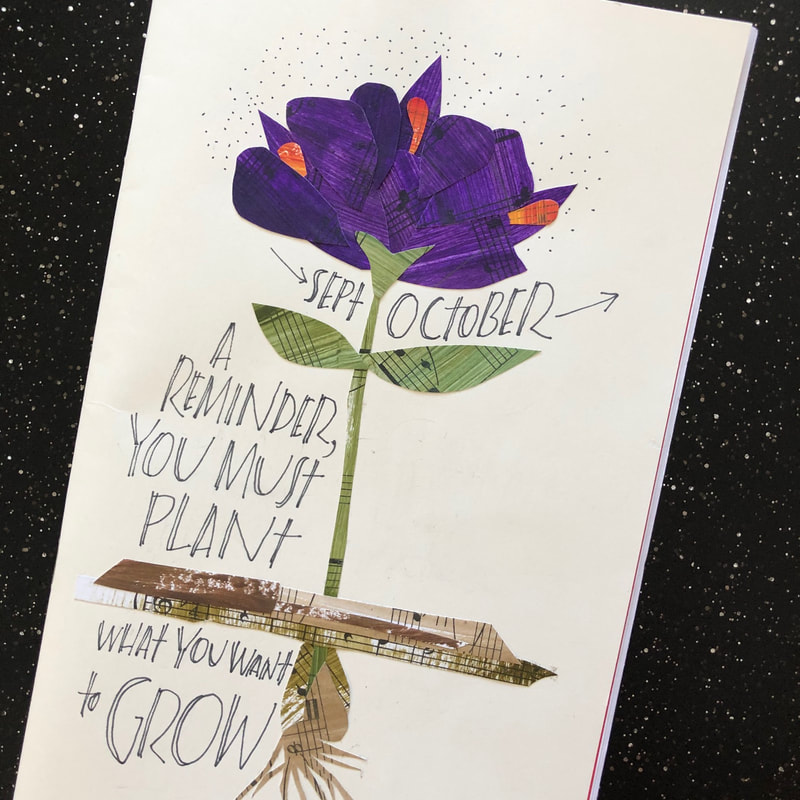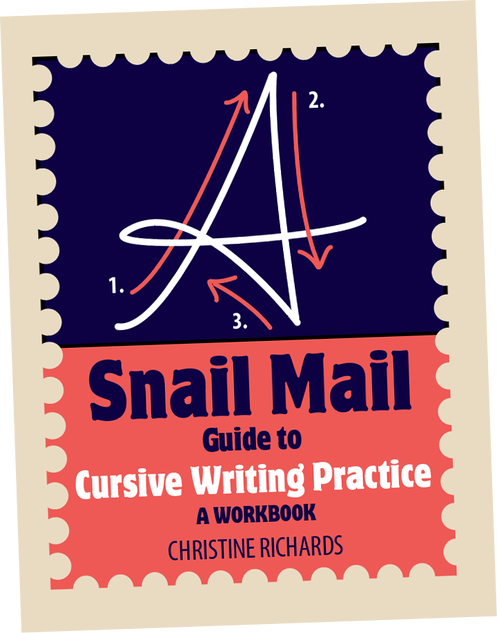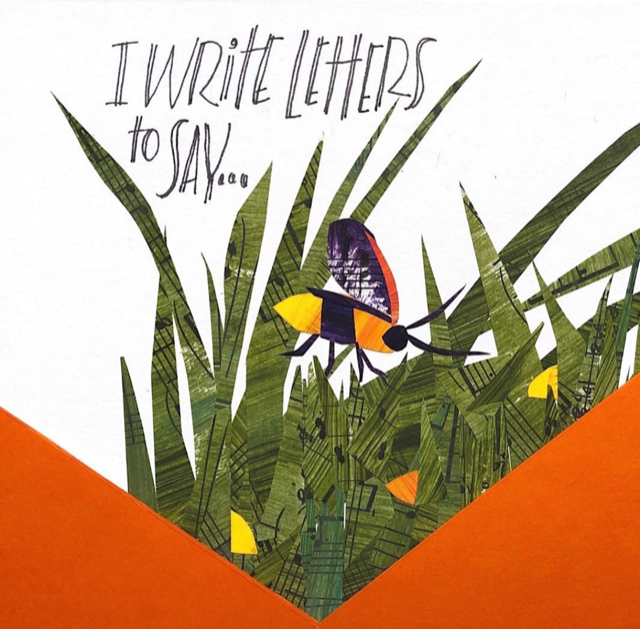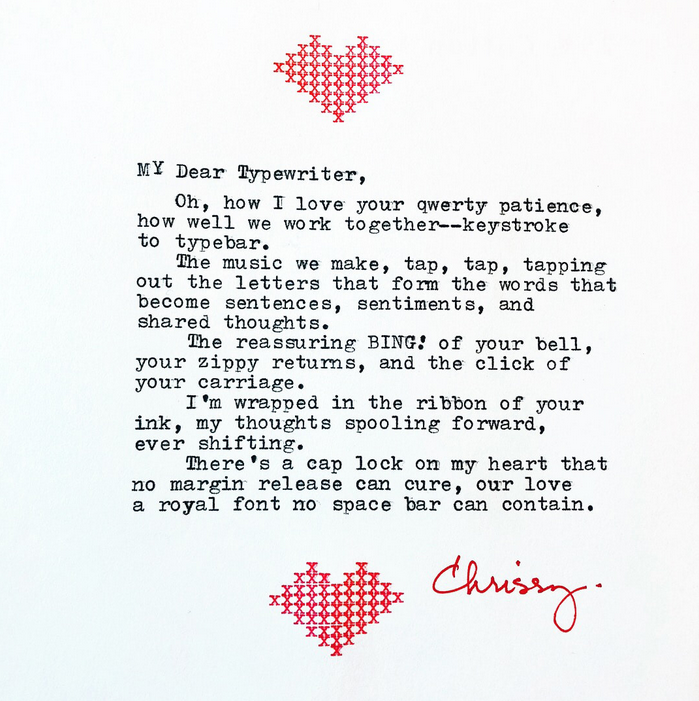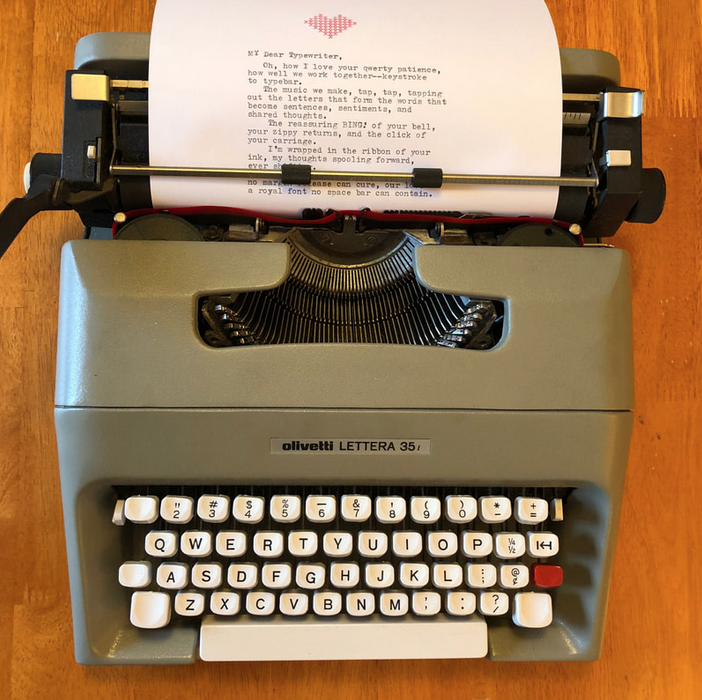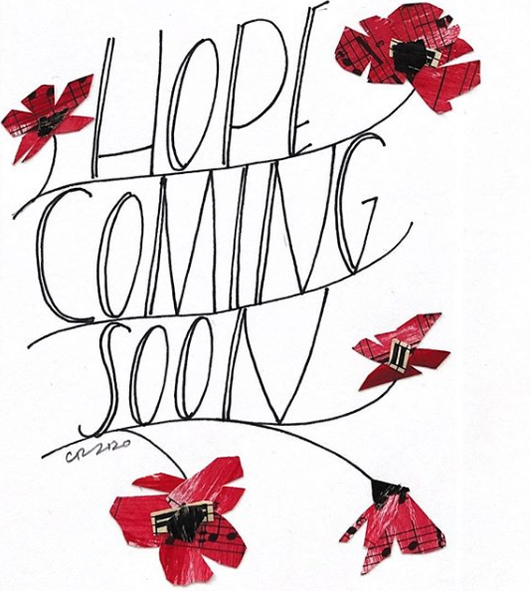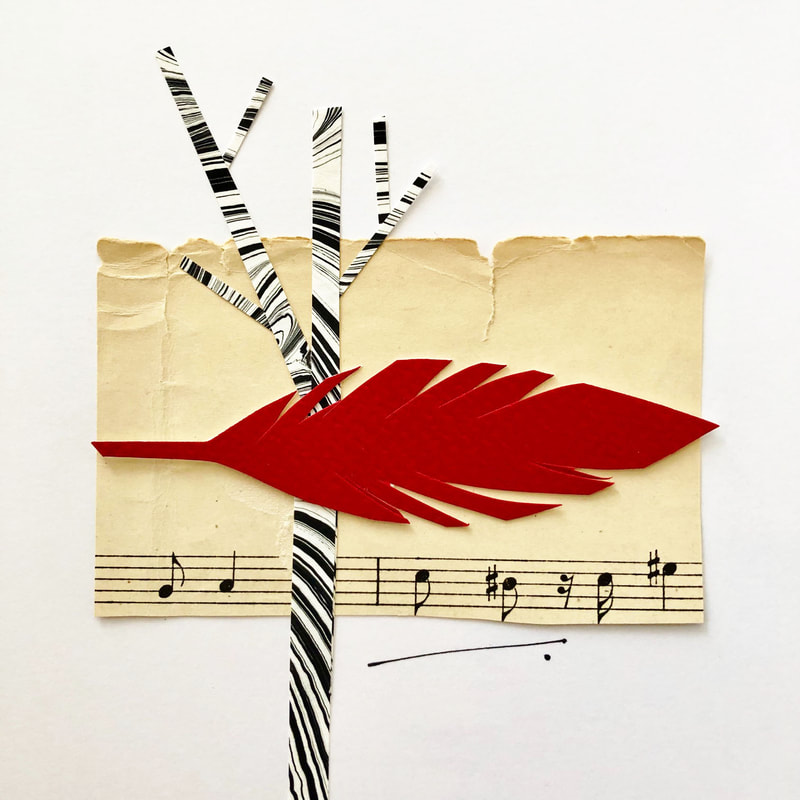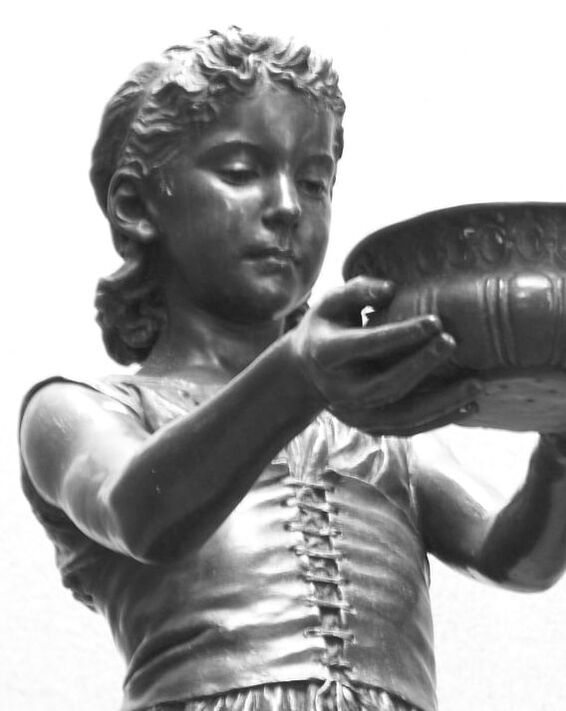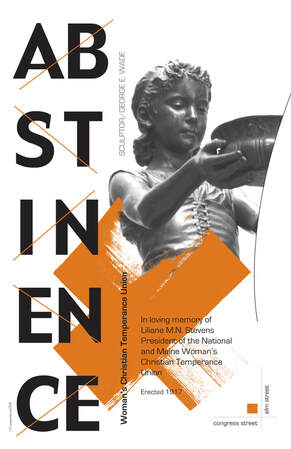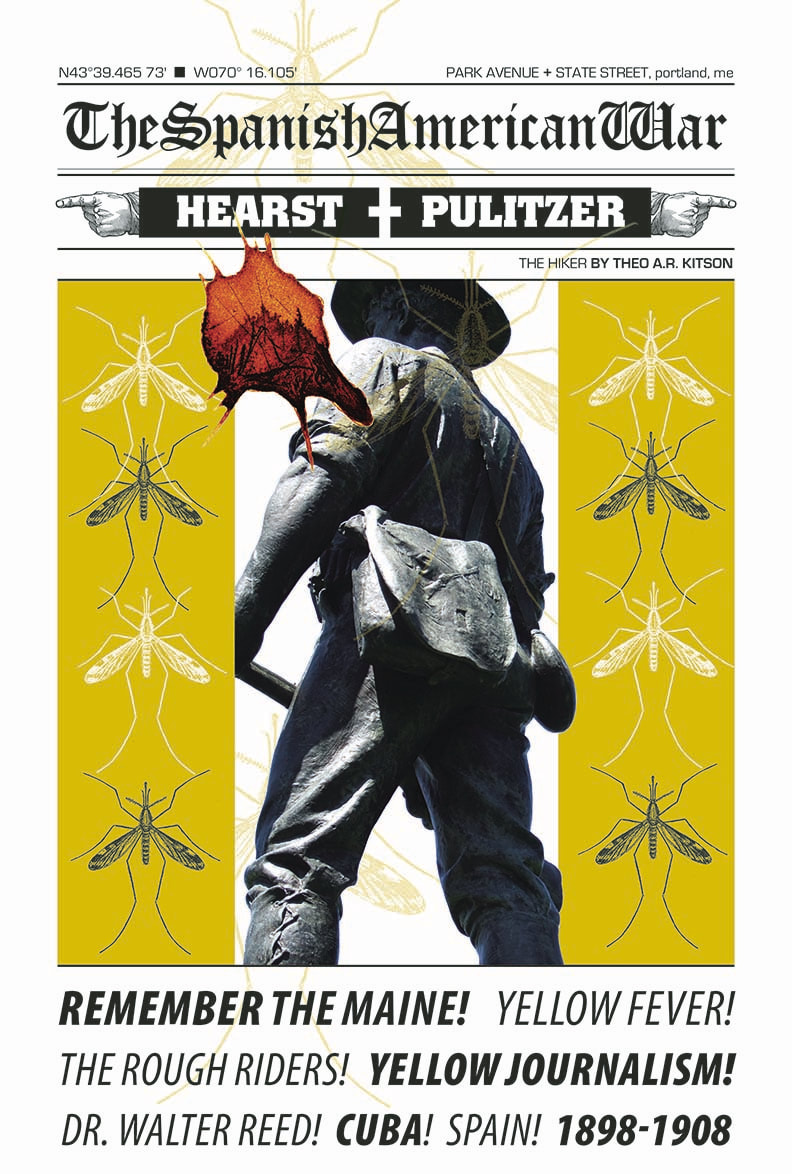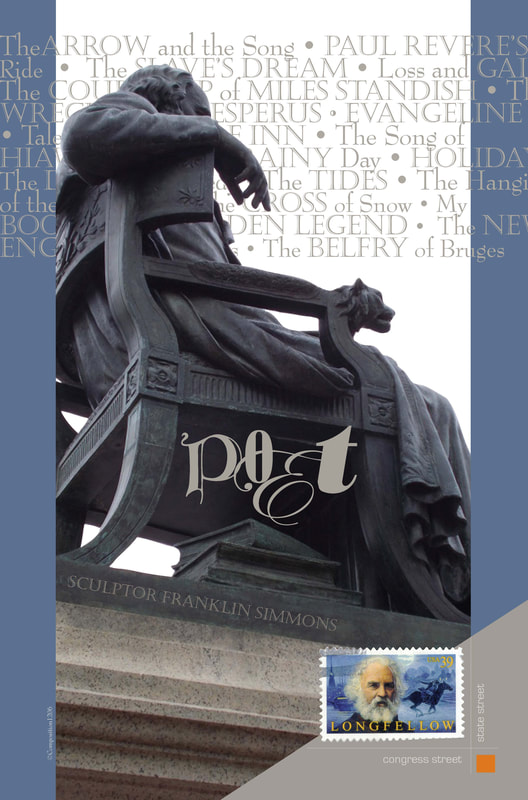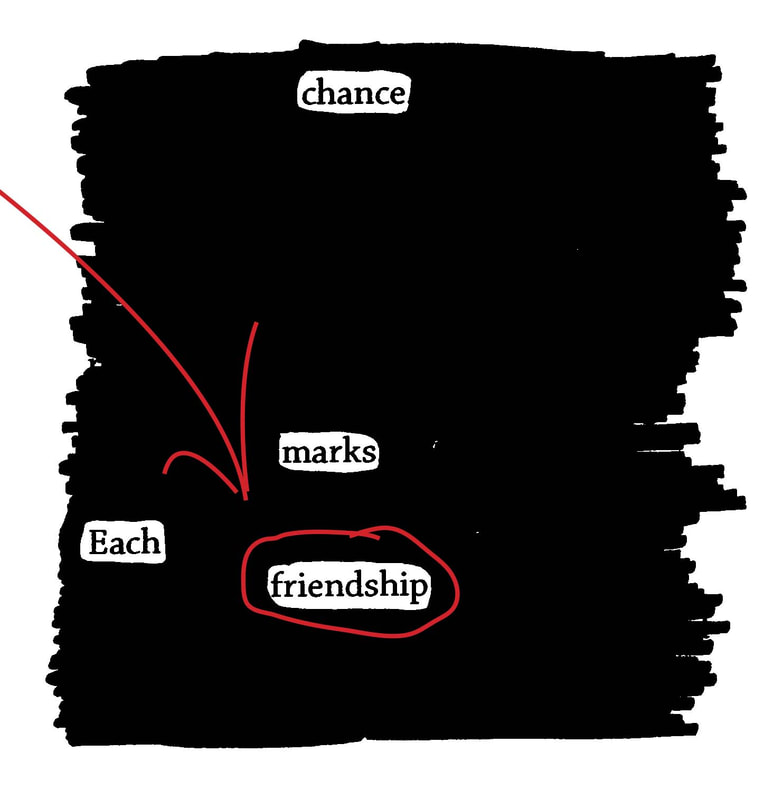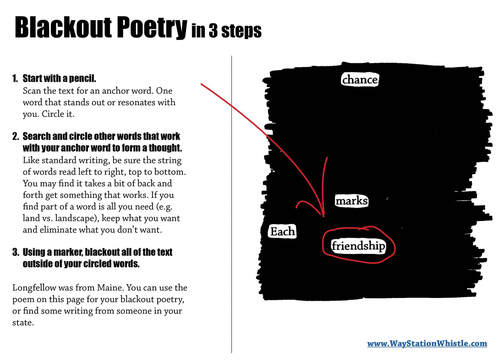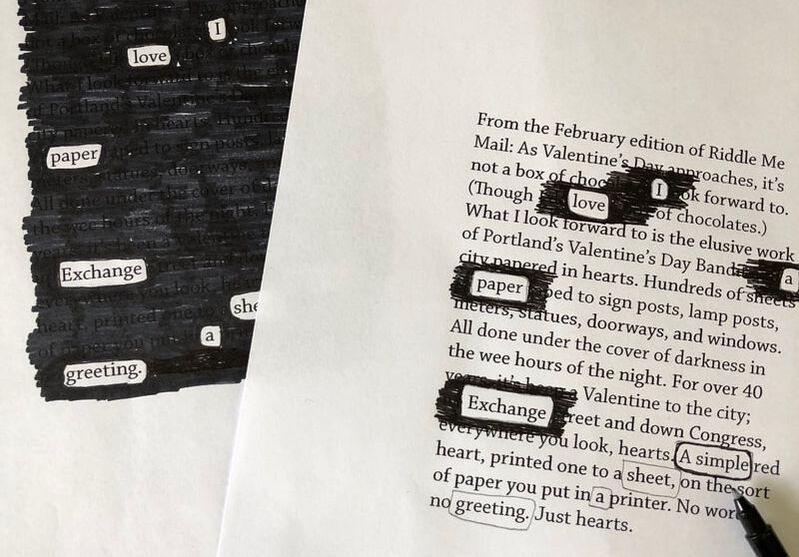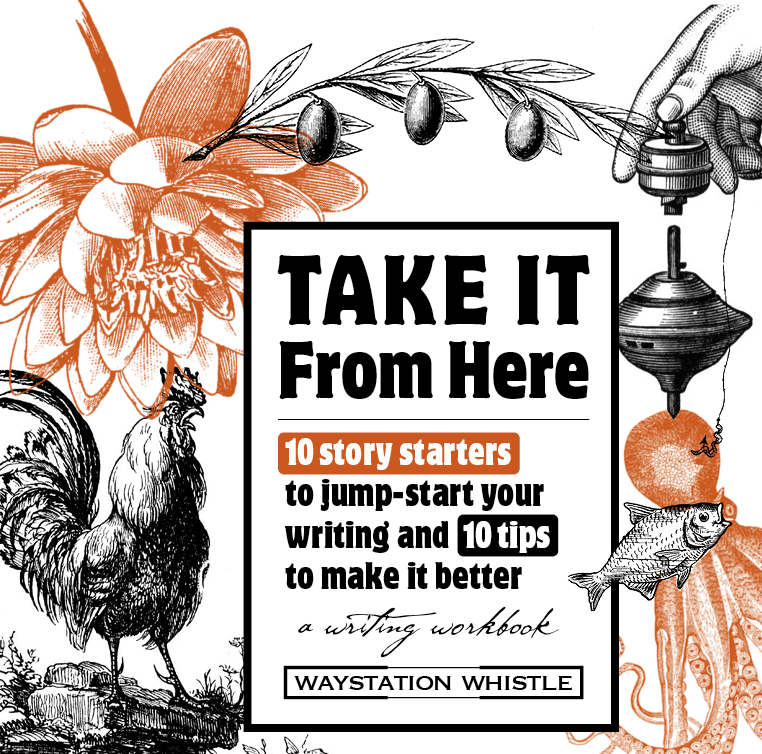|
How a simple idea grew in something (almost) too much to handle .. and why I didn't give up When I started my Solitaire project, the idea was to create a simple book from a poem I wrote. What I ended up with was far more complicated ... When I decided to use the poem to create a small book, it was an exercise in bookmaking. A one-off experiment. Once I decided to make the book, I thought it might be nice to make a box to hold it. And then ... if there's a box, why not include a deck of cards. This is about a card game after all. And then ... what if someone opens the box, reads the story and wants to play a game of Solitaire but doesn't know how? I must include instructions. But I can't just copy the instructions, that would be plagiarism. I'd have to write them in my own words. And then ... written instructions are good, but a diagram would be helpful. It seemed with each problem solved, I created more work for myself. What have I gotten myself into? It was a lot. But there was still one unanswered question. What about illustrations? There are minimal pages in the book ... illustrations would add bulk and make it more visually interesting. But this time, my go-to art of collage didn't seem like the best option. Some recent explorations in doodling provided the answer. Simple black and white drawings of the playing card symbols: ace, club, diamond, heart. Why I didn't give up ... It's simple, really. I've got too many unfinished projects on hand already. I wanted to finish this one. How I did it ... When I became frustrated with one bit, I turned to another. Building the clamshell box was the most difficult element. When I got frustrated with the box, I moved to work on the book. When the book hit a standstill. I switched to writing and illustrating the instructions. Serendipity in the form of a deadline ... Each week I create the Story Starters calendar and looking ahead in February, I spotted Play More Cards Day ... on the 26th. It was weeks out and I decided it offered the incentive and deadline needed to get the job done. I almost gave up ... There was so much about this project that was new to me, that fought me, that made me doubt myself, made me ask, Why bother? So why did I finish it? Well, I shared it with you early on and wanted to be able to say I did it. Finished the job. And, it was important to me. Like I mentioned earlier, I have lots of half-finished and half-baked ideas sitting idle. Some I want to finish, others I know I'll never go back to. This one holds special meaning. It wasn't easy, but it's done ... and yes, it was close ... I finished it late in the afternoon on the 26th. Will I make another? Hmmm, not so sure. Is it perfect? Far from it. But wow, doesn't it feels good open the box and see what's inside! Is there a project you've started but haven't finished? Is it time to give it up ... or finish it?
0 Comments
A do-si-do and nowhere to go We came face to face in a standstill at the end of the aisle across from where the whipped cream in a can sits on the top shelf of the refrigerated section against the wall he shifted to his left I shifted to my right and we were back where we started head to head cart to cart A do-si-do with nowhere to go So he called it ... with a nod of the head he dipped to his right and I did too pushing forward we passed one another shoulder to shoulder a side-stepping sashay that ended with a two-step twist when he said ... thanks for the dance. ... feeling a bit bookish Do you remember the post, The Quiet Shuffle of Cards? It was about a game of Solitaire played in the wee hours of the morning when sleep was elusive and I was restless. It's just one of many short stories I've written (mostly for this newsletter). For some time I've wanted to do more with the stories. But what? I think I found the answer: handmade books. This is the first ... and I've made so many mistakes. Though I'm pleased with the outcome of the red cover, the paper inside may not be the best choice, the gold and polka-dot tapes are not sticking (I have to pull them up and add glue), and the book needs some sort of clasp (something I should have thought about earlier in the process). It's an accordion or concertina (a new-to-me term) style book with 10 pockets: seven to replicate the layout of a Solitaire deck and three more for the inside title page, the story, and an insert on how to play Solitaire (is that necessary? a good idea? not sure). The book is still just shell, with lots questions that need answers. Do I use real playing cards, or create my own just for the book? And the story needs work. After I printed and read it on paper rather than just on the computer screen, I see things that need to change. Below you can see some edits in progress. Writing is so much about rewriting.
Getting started and having the bulk of the writing done is the hard part (for me). Editing my words is where the pleasure of writing begins. Replacing one word with a better, more concise word; adding or eliminating a comma; or splitting a long sentence into two can make such a difference. Once I realized I had to glue the tape that wouldn't stick, it was disappointing, but I knew I had to keep at it, mistakes and all. I was too far along. Starting over won't help much, and I know I'll learn more if I keep going. Despite the rather steep, but (hopefully) not insurmountable, learning curve ahead, I'm feeling a bit bookish. A bit like this is Chapter One and I want to keep reading to see what happens next. Fingers crossed it all sticks together. The rush to get it done ...
It was a last minute addition to the menu: chocolate avocado pudding. No stovetop required, just blend and chill. But was late in the day. It would be a rush to get the pudding made, chilled, and ready to serve. But it was possible. With the familiarity that comes with having made the recipe a number of times, I cut and pitted the avocado, measured the cocoa powder, maple syrup, milk, and vanilla, and whipped it together. After spooning the pudding into individual serving bowls, I slid the bowls into the freezer for 15 minutes to speed the cooling. When I reached back into the freezer to transfer them down into the refrigerator, condensation had formed on the outside of the bowls, and they were slippery. One down, two down, three, and things were going well. When I lifted the fourth, the bowl slipped from my hand. Boom. It hit the floor. The bowl didn't break, but the jolt tossed the pudding from the bowl and it sprayed in every direction possible ... landing on my slacks, my sleeves, in my hair, on my face, and surrounding kitchen cabinets. The first gasp I let out was for the bowl as it slipped from my hand. The second, for the dollop of pudding that landed on my cheek. And the third, loudest of all, came as I slid to the floor, in a full split, when I stepped forward and lost my chocolate-covered footing. Oh, I wanted to cry, almost did cry, but the dollop on my cheek slid down and touched my lip. Huh? Pudding ... sweet ... cool ... so good. And then I laughed. Yes, I got the pudding made, but I'd also created a lot of work for myself when it came to cleaning up the mess I'd made. National Don't Cry Over Spilled Milk Day reminded me of my pudding predicament and another saying: haste makes waste ... yes it does, and it puts you down one serving, puddin'. I hope you use the weekly Story Starter calendar of days to write and share your stories. Some days may resonate, others, not so much. But most weeks I hope you find one or two that prompt something ... for something to do, a conversation to have, a letter to write, a collection of stories worth sharing. I don't have anything for Ballet Day, do you? If you're not already getting the calendar, sign up today! -------- p.s. for the grammar buffs: Is it "spilled" or "spilt?" It's listed as "National Don't Cry Over Spilled Milk Day," but when it came to my collage, I liked the alternate spelling, and decided to with "spilt." We stopped to chAT with the lady in the hAT. She wAS, like us, dressed foR the weaTHer ... wHEther shE liked iT or nOT. The weaTHer thAt is. WinTER weaTHer. WhETHer it'S brISK and brIght or gray like tOdAY, we bUTTON and bOOT it. Then we snAP, zIP, and tUCK it, tOO. bUT we'D qUIVER and shiVer if thAT was aLL thAT. So wE pAUSe and we pONDer for thAT which iS thAT ... WhERe's my hAT? This poem came together over the course of a few days with the help of a thesaurus and a rhyming dictionary.
Both are helpful in similar and different ways. The rhyming dictionary does just what it sounds like, finds words that rhyme with one another ... in this case I was looking for words that rhyme with hat. Quiver and shiver came to me without the dictionary ... but maybe they were inspired by it? The thesaurus is, I think, a sometimes overlooked tool for writing. Word choice makes a difference. Yesterday we stopped to
chat with Mac Daddy -- a man of few words who walks with his dog, Mac. We call him Mac Daddy because we don't really know him—or his name, but were once introduced to the dog, Mac. We crossed paths on the trail in the woods out by the railroad tracks. We said—isn't it a beautiful day. He said—yes it is. We said it was good to be out in the woods on such a nice day. He said he's been walking out in the woods on the trail for years. Said his wife grew up in the neighborhood. Said they courted out there -- all "kissie face and huggy bear." We parted with lingering laughs and silly smiles, giddy with conversation about what people you hardly know will tell you. My life's not that interesting.
That's what someone wrote in the comment section of a memoir survey I sent a while ago. It's not what I expected, and I don't believe it's true. After all, what makes an interesting life to one person may not be interesting to another. Is an interesting life one with lots of travel? A successful career? Life on a farm? Sailing around the world? Lots of dinner parties and dancing? Any one of those things might fill your days, but I'm not sure that would guarantee a good memoir. What makes a good memoir is your take on the world ... how you see things, and why they matter. Your perspective is what people want to read about. I like to write about the unexpected, curious ways the commonplace can (and does) surprise and shape me. Memoirs that offer a behind-the-scenes look at how someone created or experienced something can be reassuring, educational, and inspiring. The stories that resonate with people are the ones they can relate to ... stories that remind them about something they've experienced ... or want to experience. Where you go and what you see. So don't worry about whether or not you have an interesting life. Where you go with your writing and memoir is more about what you see and how something made you feel; sharing what you learned, and the joys, and frustrations you experienced. That's what people want to read about. The stories you tell could be about the pets you've had and what you learned from them, your first job, how you started your business, or what it was like that first and only time you went to summer camp. It's the common experiences, disappointments, successes, and life affirming joy that people are looking to connect with. When I re-read some of the stories I've written, they remind me of different times in my life; a life filled with curiosity and attention to detail. And that's what matters, no matter where or how you live your life. What did you see? How did it make you feel? What did you learn? Write about that. Years ago I met a friend for a walk in the woods on a trail neither one of us had ever walked. There was snow on the ground and the trail blaze, a white swash of paint on the tree trunks, was difficult to see against the snowy landscape. With each twist and turn, we had to look, really look, and concentrate to find the next marker. Next Saturday is National Trails Day and it reminded me of that walk. And that reminded me of how hard it can be to see the good that exists in this ever changing, often difficult world. So I decided to do something about it. I created a good things journal ... to start a trail of good. A couple of weeks ago I wrote about that journal in my Sunday newsletter and a few of you said you were going to start a good things journal. If you've been thinking about it, but haven't started yet, don't have a book to write in, or find the idea of filling an entire journal a bit overwhelming, try this: the Good Things Zine. A zine (pronounced zeen) is a mini book. You can download and print it ... the whole thing is on one side of one sheet of standard printer paper, folded into a book.
If you're not sure how to fold a zine, here's a link to a short video. I've included a dotted line to help you know where you need to cut the paper. And as you fold, be sure to fold edge to edge and create crisp, accurate folds. It will make a difference in the final steps. I hope you'll make one and blaze your own trail of good things. Print, fold, and fill one. Then make another. Alarm bells sounded high and low, all around the pond. From a distance we heard the persistent screech of the blue jay, then the urgent squawk of a duck, and as we neared the pond, the bong-bong call of the frogs. What, we wondered, was going on? Stopping at the edge of the pond, we scanned the water, the trees, and the sky, listening and looking. And then we saw it. A big owl, a Barred Owl (yes, we had to look that up when we got home), perched in a tree on the edge of the pond. I'm not sure if the frogs were sounding an alarm, mating, or doing what frogs do, but the duck and the blue jay were visibly agitated. The ducked paddled frantically from one area to the next squawking all the way. The blue jay, in full screech with fanned tail, was swooping down at the owl ... from the left, then right, again and again and again. But that owl. Talk about composure. It flicked an ear and spun its head at the bluejay's aggressive fly-by graze, but otherwise it remained still. Focused. Fascinating stuff ... and the final entry for the day in yesterday's good things journal: 3. the owl in the woods I started the good things journal last month. A list of three good things I see, experience, do, or feel during the day. Every day. It's a matter of semantics, really. Like me, you've probably seen the prompts to keep a gratitude journal (and maybe you already do), but somehow that never materialized for me. Until I read about a "good things list." It's simple. I keep a small notebook and pencil within ready, on a table in the living room. The idea is to make a list of three different good things you experience every day. Short entries, a few words each. Here are some of the entries I've made (with the original numbering): 3. clean sheets 4. trip to the library 5. takeout pizza from Otto 2. raking the yard 1. the sun is shining 2. almond flour chocolate chip cookies 4. Wordle in two 1. a good night's sleep 2. got the laundry done 3. the own in the woods Like the owl, despite the unexpected swoop of outside influences, I've remained focused. One entry at a time ... on the good. And yes, it feels good. Sometimes I write one thing at a time as it comes to me during the day, other times I write my list at the end of the day. And more often than not, once I get started, I'll remember something and add that to the list, coming up with not just three, but four or five, sometimes six or seven good things about my day. Not monumental, over-the-top exciting things, but small pleasures that, in remembering and recognizing them, make it a better day ... today and tomorrow. We never had a dog when I was growing up. There were a few cats, a snake even, but never a dog. I can't even recall knowing any one dog all that well, but there came a day when I wanted one. So I went looking for one, talked about getting one, did my research on bringing a dog home, and finally got one. A basset hound. Why a basset hound? I think it was the ears. They have big, beautiful ears. Velvety ears. And they are solid dogs, well-tempered, and laid-back. Unfortunately, they are not great about walking in a straight line, moving along from here to there ... at least not Agatha. Nope, she'd walk a few paces and stop. Sniff, move on, and stop again. After reading the most popular and recommended books about having a dog, I understood the importance of daily exercise, and made sure we went out. Every day. We went in the woods and around the neighborhood, but it was always the same ... a herky-jerky trek from here to there. Now, granted, I wanted a dog that was easy-going, but when it was time to get her out for some exercise, it became an exercise in frustration. For me and the dog. The frustration, I realized, came from expecting Agatha to power walk, get moving, and do what I wanted her to do ... to go against her nature. Bassets are after all, scent hounds. Sniffing is what they do. Once I figured that out, I enjoyed our time outside. What I learned I learned to take myself for a walk first ... alone. And to accept what Agatha was teaching me ... to slow down and notice things. In the coming weeks, I'll be releasing a new picture book, Things I Notice When I Walk The Dog. It's a picture book memoir. Agatha's legacy ... and part of mine. Think memoir's not for you? If you think memoir is not for you, think again. People love stories and you've got some good noes. Stories you can share in a collection or how-to book. Remember, memoir is not an account of your entire life. It's the account of an experience or event where some kind of understanding, lesson, or insight occurred. How did you get started doing what you do? What does someone entering the field you're in need to know? What do you wish you knew? Share it and help someone in the same position. Have you completed a self-initiated challenge where you learned something you didn't expect? What do you do in your spare time? Are you a mast chef, a marathon runner, or member of a band? What's that like? Let us know. Your insights and experiences are unique. And that's why we want your take on how it's done and why it matters. Once you get started, you'll be surprised a what you can share. Resources Writing about your experiences can feel self-indulgent or out of reach in the beginning, but you tell stories all the time. The challenge is putting them down on paper. Want to ease into writing? Check out these new tools. Some still hang
like ornaments, bright and red and shiny others make like polka dots, red on green, beneath the tree. The ones that fill the gutter line up like bowling balls in the automated return. Is it the imperfections, or it it because they're not already picked, in a bag, in a store? I wish it was my apple tree. December marks time like no other month.
Tomorrow the winter solstice brings us the shortest day of the year followed by the longest night ... and days later, the end of one year and the beginning of another. I’m thinking about how I can add light to my days and mark new beginnings. Not just new beginnings on the calendar, or the light from longer days, but the light and change that comes from doing things differently, seeing things in new light, and being curious. Last week we had a snow storm ... a big one. Most of us got anywhere from 18 - 24 inches. And as it so often happens, the next day it was glorious. Sunny and bright and fresh. After the storm, we took a ride ... uptown to State Street, left at Longfellow Square ... and there it was. A rainbow. Shimmering in the windblown snow hanging in the air. This week's calendar ... Thursday is Egg Nog Day. Are you a fan? You'll also see that today is Poet Laureate Day. Because the statue in the rainbow photograph is poet Henry Wadsworth Longfellow, I want to share a post I did a while ago on blackout poetry. Follow this link to read more about Longfellow and blackout poetry, and give it a try. Use it to create a poem. Stick it to the refrigerator or mail it to someone. It may add new light to your day. After all, you could be a poet and don't even know it. Even if you don't want to try the exercise, click through to read Longfellow's poem, Holidays anyway. It's fitting for this holiday season ... one that is so very different from so many others. Read it and let me know what you think. And if you create a poem, share it with me. I'd love to read it. p.s. There's also a link in the post to Robert Frost's poem Stopping by Woods on a Snowy Evening. You can read the poem and find out why it's one of my favorites. A less intimidating approach to journaling This is my second hand-made journal. The first was the October journal - 10 pages folded in half to make 40 pages. At least one page for every day of the month. I decided to create my own journal book because big, blank journal books are intimidating. So many pages to fill compounded with the idea that the pages should look good, my handwriting should be at it's best, and what I write should matter. But I've discovered those things don't matter. With a small, monthly journal, the pressure is off. Why have a journal? My goal is to write once a day. To mull over what I'm trying to get done, how it's going, and what I need to do next. To ask questions of myself. Writing helps me work through the tough stuff, make sense of what's baffling, and record my progress...and success. However small. And I get to create a new cover design each month. Steady progress
In the front of last month's journal I wrote two goals for the month. To finish my letter writing book and a book about birds and birding. I accomplished the first. Still working on the second. To be honest, I forgot that I wrote my goals in the front of the book. When I flipped through the book at the end of the month, it caught me by surprise. The other thing that caught me by surprise was that I wasn't disappointed that I hadn't completed both. I'm thrilled that I completed my first goal (I'm waiting for the final proof of A Snail Mail Guide to Cursive Writing Practice to arrive in the mail today), and I'm working on the second. The second book is underway, but far from complete. I think the reason I felt okay about it all was that I've been working on it. Making steady progress. It's hard to know exactly how long it will take, but I do want to push myself and try to finish it by the end of the month. What I'm discovering, though, is that working toward something is just as important as finishing it by a certain date. The work is the reward. It makes me feel productive, engaged, and ... just better. And that's why I wrote, "Just the beginning..." on the cover of this month's journal. Because after I finish the birds and birding book, I've got another idea, and another. And that means beginning ... all over again. Every day is the beginning of something. Maybe it's because something ended yesterday, maybe it's because we discover a new approach, trick, or method, and we're starting in a new direction. The key is to keep going. Plugging away at things. It's amazing what can get done. Every day we begin. We can toss aside a bad habit or distraction and focus on something we deem more important. Or not. If it doesn't work today because you're tired, or not feeling well, or someone needs something you can't put off, you can begin again tomorrow. It's up to us to do what we tell ourselves we're going to do. Because in the end that's what matters most. I don't want to disappoint anyone ... but most of all, I don't want to disappoint myself. What are you beginning? Give them something to hold on to
It's hard being apart from the people you love and like best. Texts, phone calls, and social media are great, but sometimes it's just not enough. What can you do? Write a letter. Yes, an old-fashioned pen on paper letter. And mail it. Write to a friend or family member. Tell them you're thinking about them. Write about what's happening in the neighborhood, that disaster of a recipe you cooked last night. Or the yummy cookies you baked today. No, it won't replace a hug or having a conversation across the kitchen table, but it will give them something to hold onto. And people love getting mail. They really do. Embarrassed by your handwriting? A Snail Mail Guide to Cursive Writing Practice will help. Was you school one of the schools that dropped cursive writing from the curriculum? Has it been a while since you've handwritten ... well, anything? A Snail Mail Guide to Cursive Writing Practice has instructions for writing each letter of the alphabet, tips for improving your handwriting, and all you need to get started writing letters: - ideas for who to write to and what to write about - how to address an envelope - where to the stamp - how to set up your letter Last night we saw fireflies in the corner lot where the grass grows tall.
We stopped so we could watch for a bit. Again and again, we pointed and said, "There's one. Over there." And, "Wow!" Now I want to go back and see them again. Qwirky, QWERTY Love: It’s Typewriter Day!
Last year I wrote a love letter to my typewriter and I want to share it with you. When I composed the letter, I included as many typewriter terms and sounds as possible: - keystroke - typebar - tap - bing! - bell - return - click - carriage - ribbon - spooling - shifting - cap lock - margin - royal (Royal) - space bar Each typewriter has a different touch on the keyboard and unique bell tone. I typed the love letter on my Olivetti Lettera 35 (with great care ... nearly holding my breath, straight through, with no mistakes...whew!). Do you have a typewriter? What do you write on your typewriter? The manuscript for a book? Poetry? Love letters? I write lots of letters ... and sometimes, love letters. p.s. What is QWERTY love? QWERTY comes from the first five letters on the upper left of the keyboard. The term is used to identify the standard layout on an English language keyboard. I do love my typewriter(s)! Three words on a signboard in front of a local church. Hope was at the top, coming soon sat at the bottom of the sign, referring I’m sure to the day they might welcome parishioners inside. The words weren’t meant to be one phrase, but that’s how I saw it. I like to think hope is all around us ... it’s good to know more is on the way.
Morning I HeARd the CaRDiNal siNGing before I saw it PerCHeD in the BiRcH tree a CAt LOOkiNG At mE, LOOkiNG at iT And, ONe MoRe SaP BUCket tHat MaKes ThrEE This is a throwback: a collage and poem I created a few years ago. It's still one of my favorites. You can see I was starting to use sheet music in my work.
It's also got a bit of shorthand mixed in: that line with the dot below it. Do you know what it means? Morning. That simple line with a dot = a word. Shorthand Shorthand is a symbolic writing system used by office clerks and secretaries before voice recorders were available. I'm not fluent in shorthand. It comes from a shorthand instruction book I found at a secondhand shop. The book has an index, so it's easy to pull a single word. It's like code writing because so few people still know shorthand. Don't you think it would be great for a secret diary or message? One big drawback, though, you'd have to learn shorthand to make it work. And the poem? I don't consider myself a poet, but sometimes I like to combine words with images to tell short stories. I don't remember now why I used upper and lower case letters for the poem, but it does make it interesting. If you'd like to write more, short poems could be a starting point. Not my hobby. Even if you don't stick with it, a new hobby might lead to something else. I haven't done much more with poetry, but the collage was the beginning of a lot more collage work. I now work entirely with sheet music and really like collage. Do you have a hobby that started while you were doing something else? The first time I saw her, she was tucked in a corner behind bars in the entryway to the Portland Public Library. I might not have noticed her that day, or any other, if it wasn’t for the whirlwind of dried leaves and rubbish swirling at the base of the statue. It was the Little Water Girl, a charming bronze statue of a young girl, and I wondered who she was. I did some research and found an amazing story, and it made me wonder about other statues in the city. There’s the The Hiker in Deering Oaks park, the Lobsterman in Canal Plaza, filmmaker John Ford in Gorham’s Corner, and poet Henry Wadsworth Longfellow in Congress Square. Each one revealing more history and intrigue than I could have imagined. I uncovered information about a poet and a filmmaker, yellow journalism, a horse named Madge, Teddy Roosevelt’s Rough Riders, air pollution, prohibition, and the World’s Fair. After doing my research, I wanted a record of what I found, so I wrote essays and created posters for some of the statues. Here are three of them. Little Water Girl Barefoot with outstretched arms, the Little Water Girl is a fitting tribute to the legacy of Lillian Stevens, a dedicated advocate for women and children, and the third president of the Woman’s Christian Temperance Union (WCTU). The WCTU Founded in 1874, to “combat the destructive powers of alcohol and the problems it was causing their families and society,” the WCTU banded together in prayer, protest, and pledge—a pledge of total abstinence from alcohol. Prohibition and Water Fountains In an effort to curb the temptation of saloons the WCTU fought for Prohibition, encouraging members to install public drinking fountains in their communities where “men could get a drink of water without entering saloons and staying for stronger drinks.” The Little Water Girl is one of those fountains. In support of the WCTU, Lillian Stevens a committed and independent woman, traveled by carriage with her horse Madge some 50,000 miles lobbying for Prohibition. Ratified five years after Stevens’s death, Prohibition didn't last, but more than 70 fountains inspired by the WCTU initiative remain standing across the United States, in Canada, England, and Australia. The Little Water Girl by British sculptor George E. Wade was commissioned by the WCTU for display at the World’s Fair in Chicago in 1893. Copies of statue can be found in Chicago, Detroit, and London. Note: Why was the Little Water Girl behind bars? She was moved to the secure, gated entrance to the Portland Public Library after she was vandalized in Deering Oaks park. When the library was renovated, the Little Water Girl was restored as a working fountain and moved inside. Today she greets patrons as they enter the library. The Hiker Although the Hiker is larger than life and perched on a six-foot pedestal, the Spanish War Veterans memorial on the north lawn of Deering Oaks Park is easy to overlook. But do look—it’s a beautiful statue. From the soldier’s wadded and rolled sleeves to the leather satchel reminiscent of today’s messenger bag, the details are captivating. The Hiker is sculptor Theo A.R. Kitson’s most well-known work—more than 50 copies of the statue are installed across the country. Under the rallying cry “Remember the Maine,” the Spanish-American War secured Cuba’s independence and remains one of the shortest wars on record. But that’s only the beginning. Dig a little deeper and fascinating tales of science, circumstance, and cowboys emerge. For it was during the Spanish-American War that army medical scientist Dr. Walter Reed isolated the cause and stemmed the transmission of yellow fever plaguing the troops; eager journalists and competing publishing magnates gave rise to the dirty business of yellow journalism; and Teddy Roosevelt’s volunteer militia, The Rough Riders, found glory. It was a short war, but a war with a decidedly jaundice pallor. Note: There were at least 50 copies of The Hiker cast and placed in cities across the United States from Texas to Minnesota, and Georgia to Maine. Here’s a list of cities where The Hiker was installed. See if there’s one where you live. Henry Wadsworth Longfellow He broke bread and corresponded with the likes of Nathaniel Hawthorne, Mark Twain, Harriet Beecher Stowe, Oscar Wilde, and Charles Dickens. Born in Portland, Maine, Henry Wadsworth Longfellow was a linguist, professor, and poet. A graduate of Bowdoin College, Longfellow yearned for a life in literature. And so it was. Under agreement with his alma mater, he set out across the Atlantic to study European language and literature. He would return to teach at Bowdoin and then at Harvard College, but writing would prove to be his vocation. Longfellow's well-known works include Evangeline, “The Wreck of the Hesperus,” and “Paul Revere’s Ride. He was a best-selling author and enjoyed considerable success with his work but he suffered tremendous loss in his personal life. His first wife and childhood friend, Mary Storer Potter, died following a miscarriage. And his second wife, Fanny Appleton, with whom he had six children, died after setting her dressing gown afire with candle wax. Forever saddened, Longfellow did little writing after Fanny’s death. Sculptor Franklin Simmons’s bearded Longfellow sits with a stack of books at his feet and scroll in hand. Like Longfellow, Simmons was born in Maine and became a well-known artist in his day. A second sculpture by Simmons, Our Lady of Victories stands just blocks away in Monument Square in downtown Portland. How could you interpret statues and landmarks where you live? We're all poets, even you(!) ... I think it was in middle school. The assignment was to memorize and recite a poem. I chose Robert Frost’s Stopping by Woods on a Snowy Evening. I think I liked it because it sounded poetic, but it also made sense to me. The poem isn't terribly long, and I practiced well enough to remember now that I felt pretty good when I sat down after my presentation. I can't say the exercise inspired me to write poetry, but I have churned out a few poems using the blackout poetry method. It's easy enough, and I've created a worksheet (2 pages) that makes it even easier if you want to give it a try. Chances are you've got some extra time on your hands, it's Poetry Month afterall, and given the circumstances we're all in, a little distraction goes a long way. Share the worksheet and invite someone to try it with you. Here’s what you do. Find a short story or article (a printed page from a newspaper, magazine, an old book, or something you've written). Read through the text and select an anchor word. Something that catches your attention. String together a few others words to form a thought or sentence. Be sure they read as traditional writing does. Left to right, top to bottom. Blackout the words outside of the words you circled and you’ve got a poem. Here’s one I did. It's remarkable how simple yet thoughtful is it ... don't you think? Now it’s your turn.
Click on the poetry sample above to get your worksheet download. It’s two pages (instructions and a short poem by Henry Wadsworth Longfellow) that will get you started. I selected Longfellow because he was from Maine and he is my choice for a writer/poet. Longfellow is a prominent figure here in Portland. There’s a fabulous statue of a seated Longfellow at the intersection of Congress and State in downtown Portland. He's positioned so that he's looking down Congress Street, toward the Wadsworth-Longfellow House, his boyhood home and home of the Maine Historical Society. |
Whistlestop Blog
Enjoy a story and find inspiration to write one of your own. Categories
All
|
